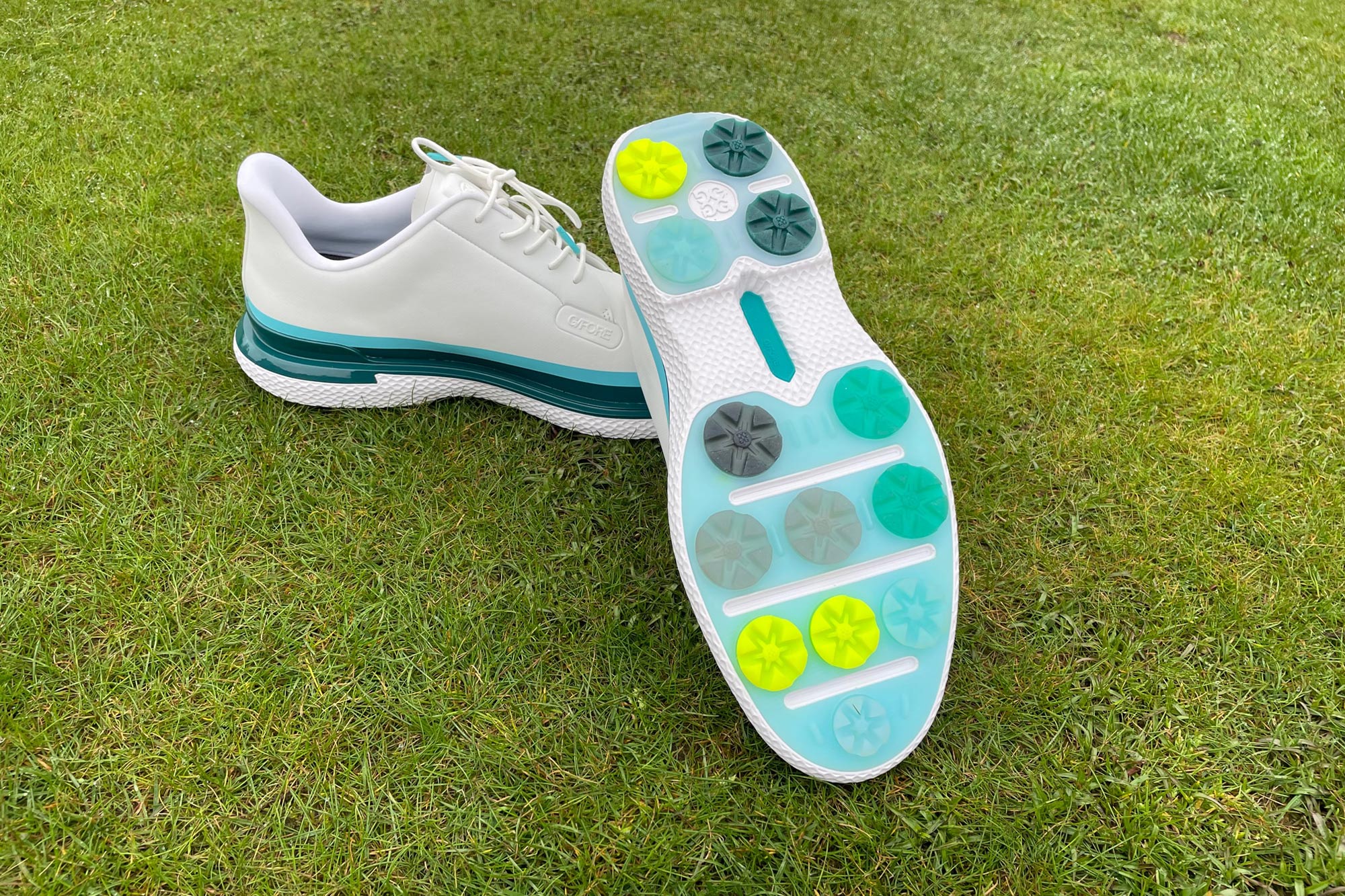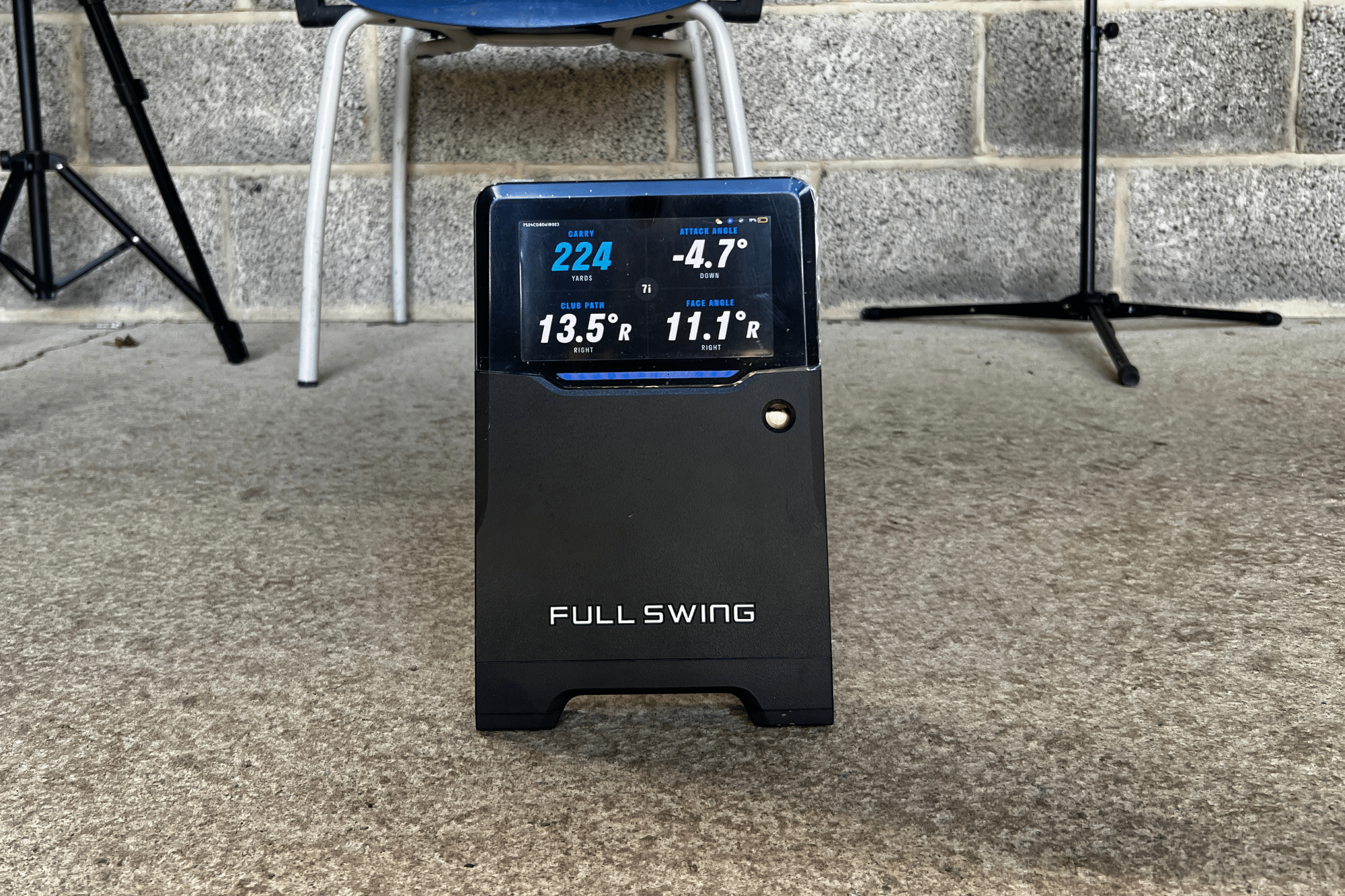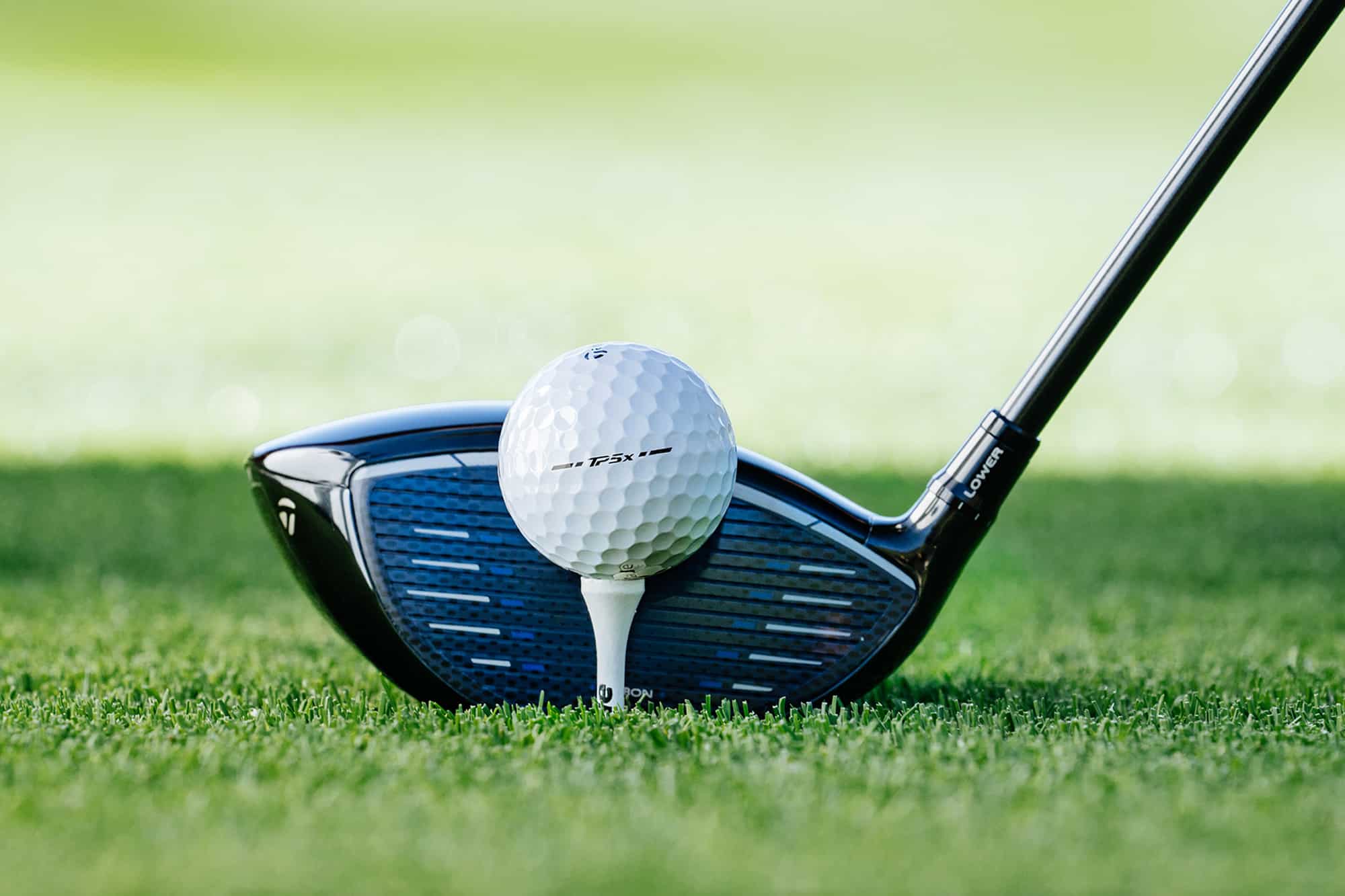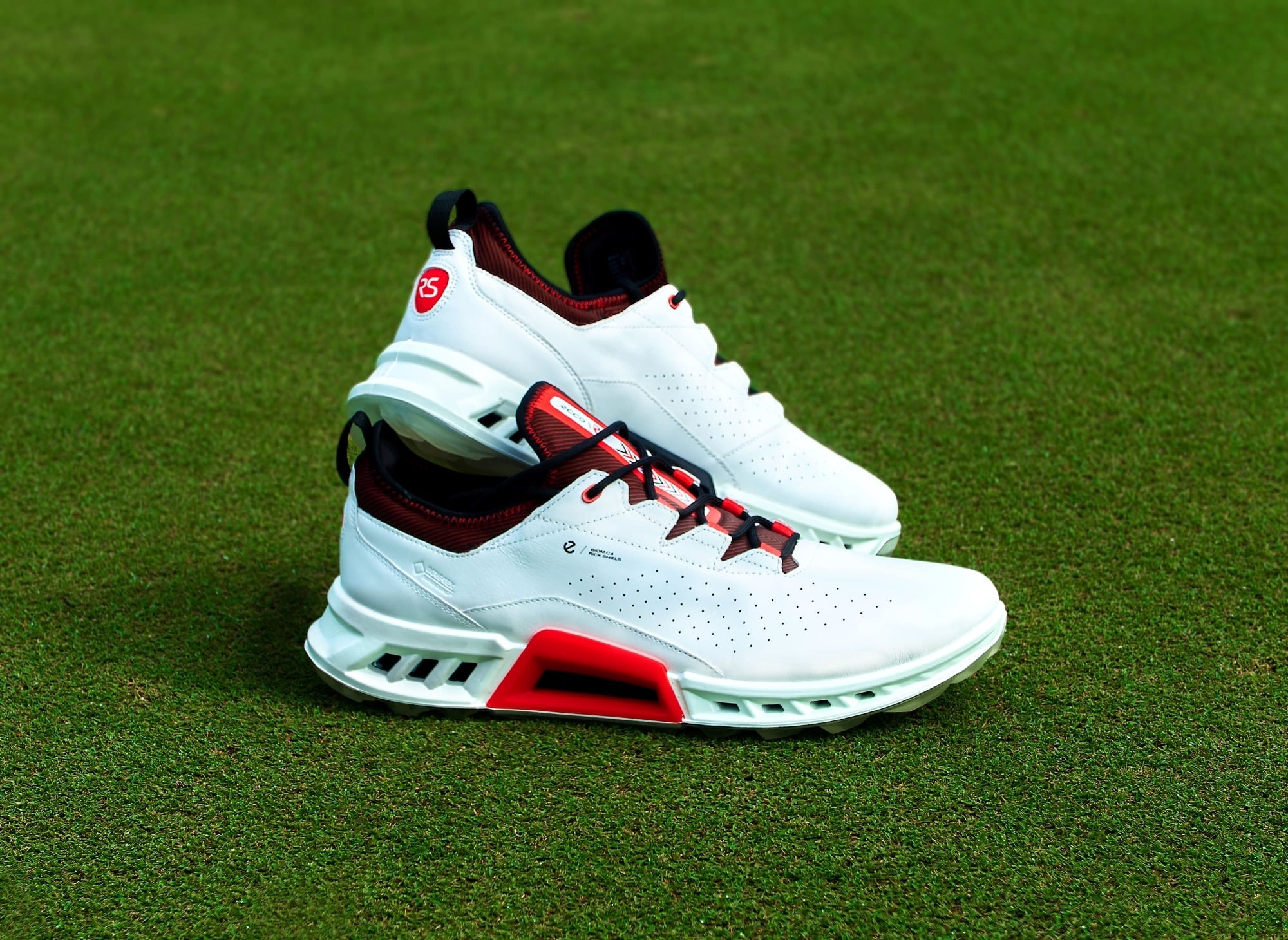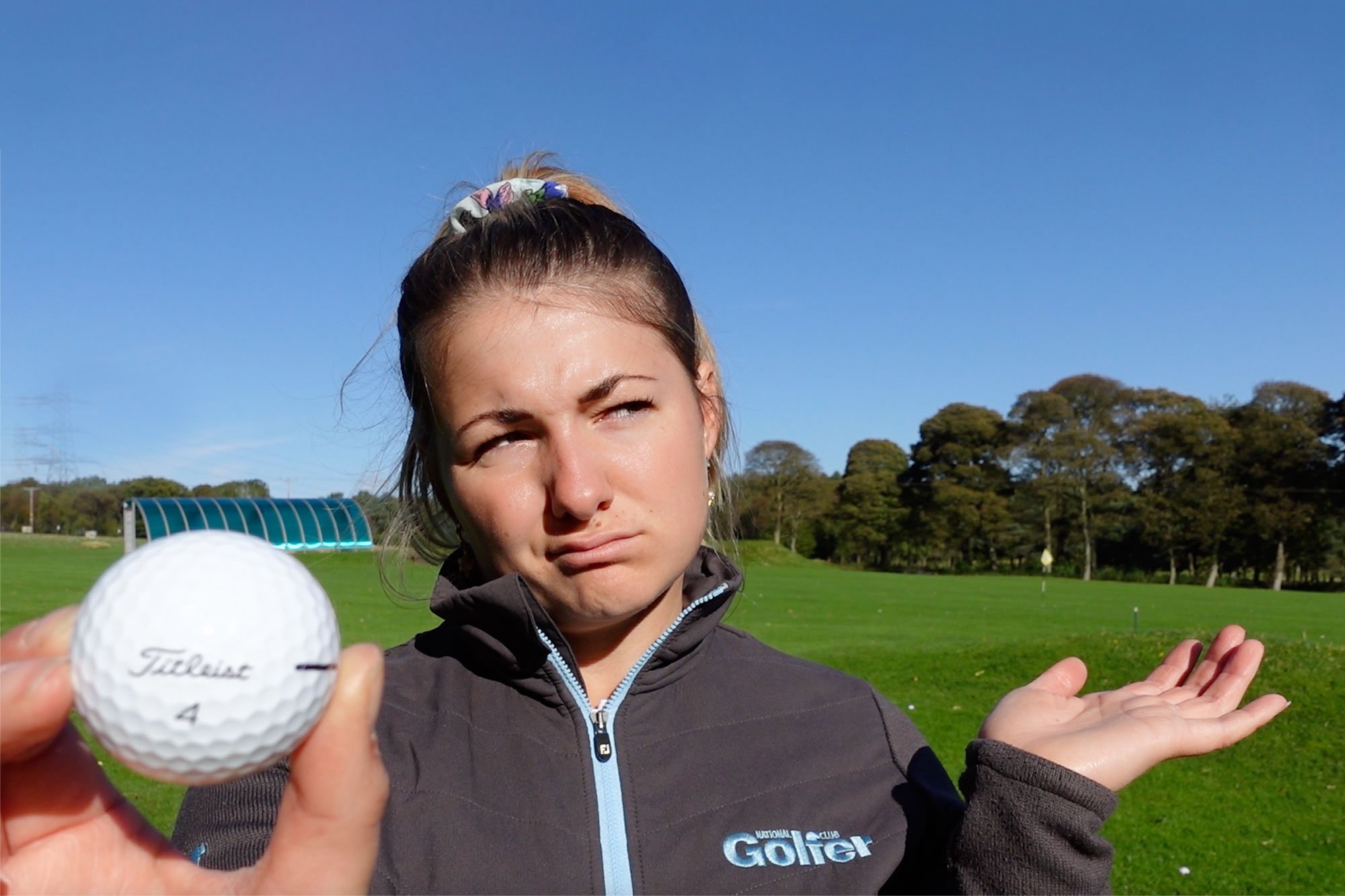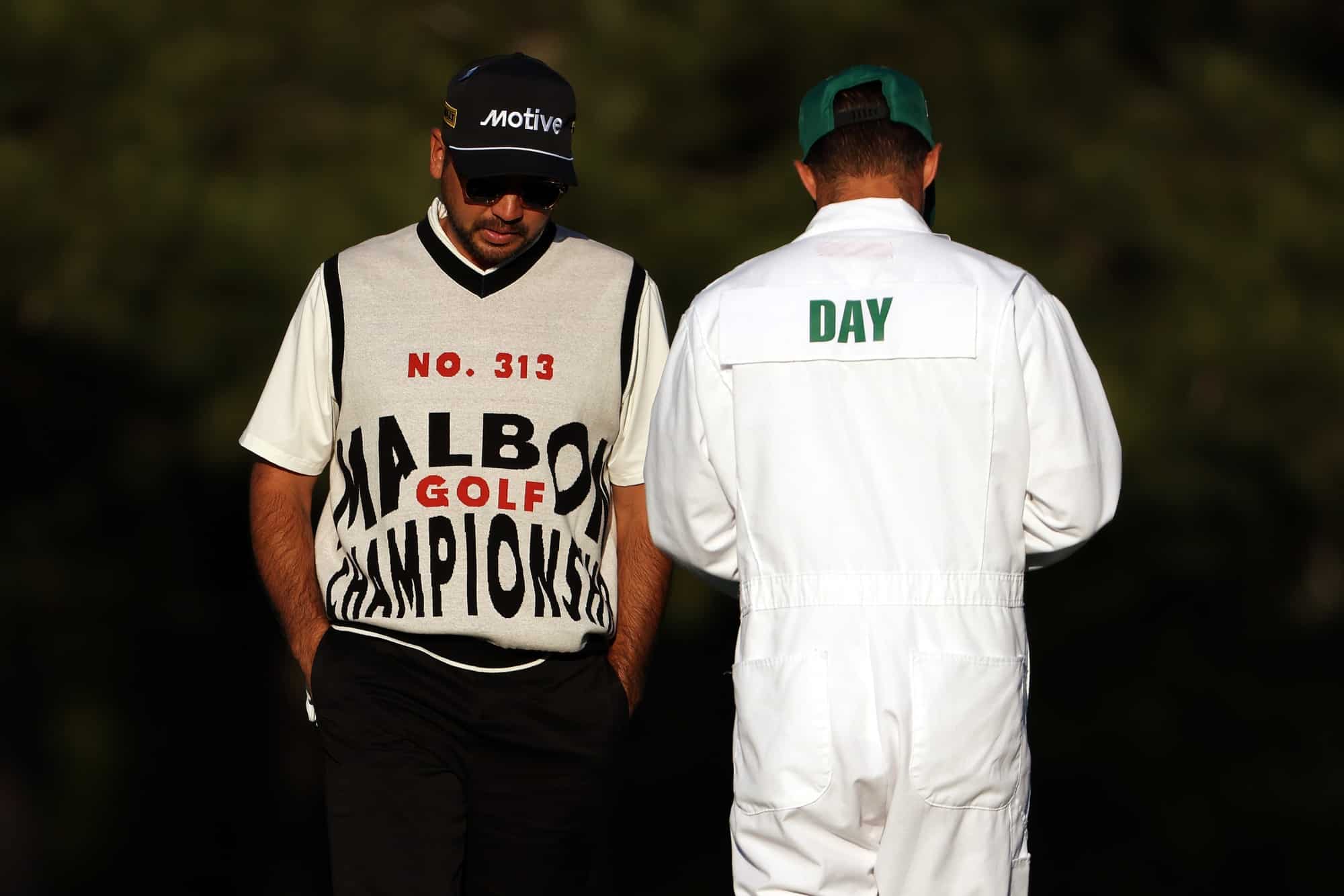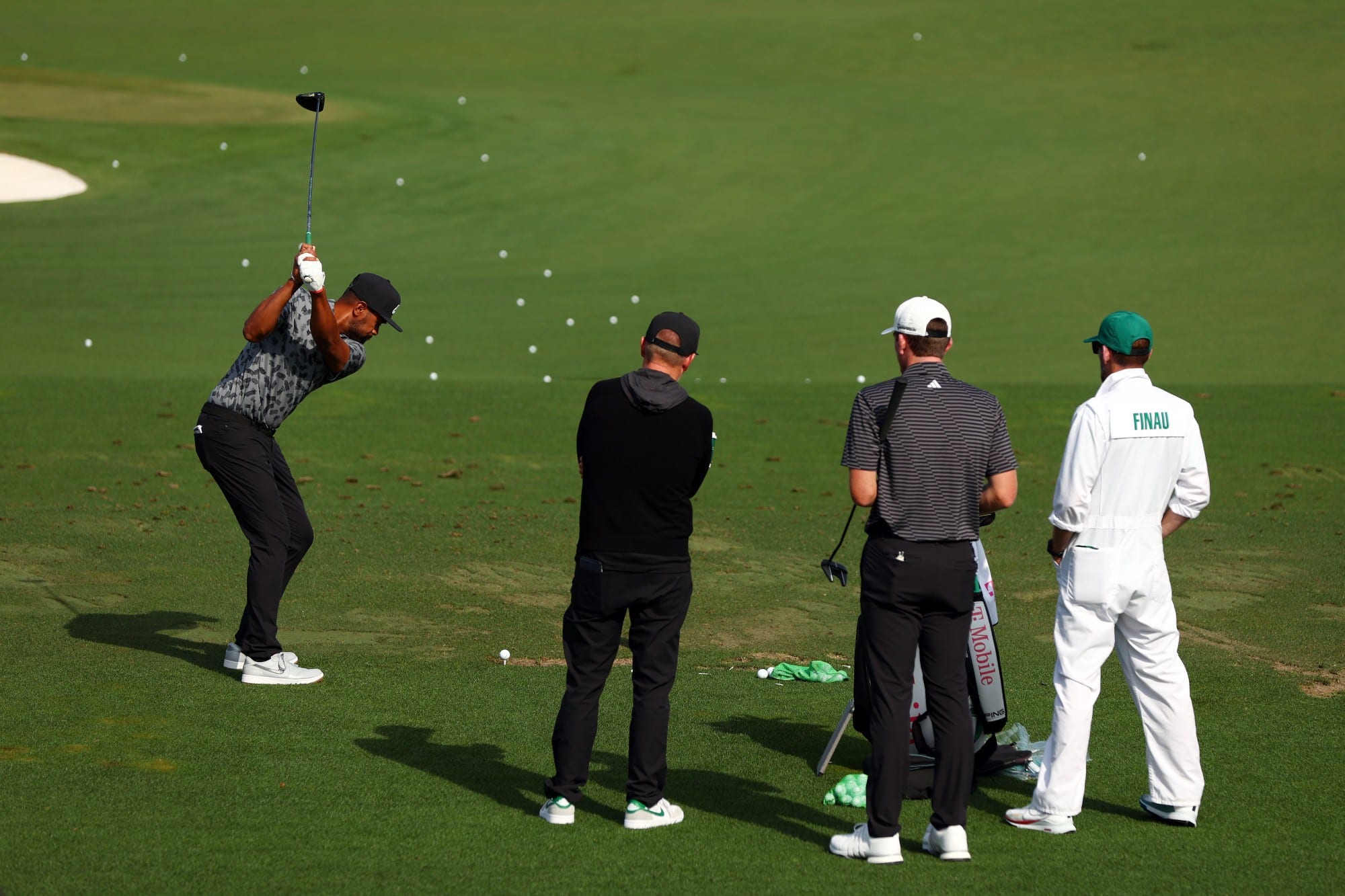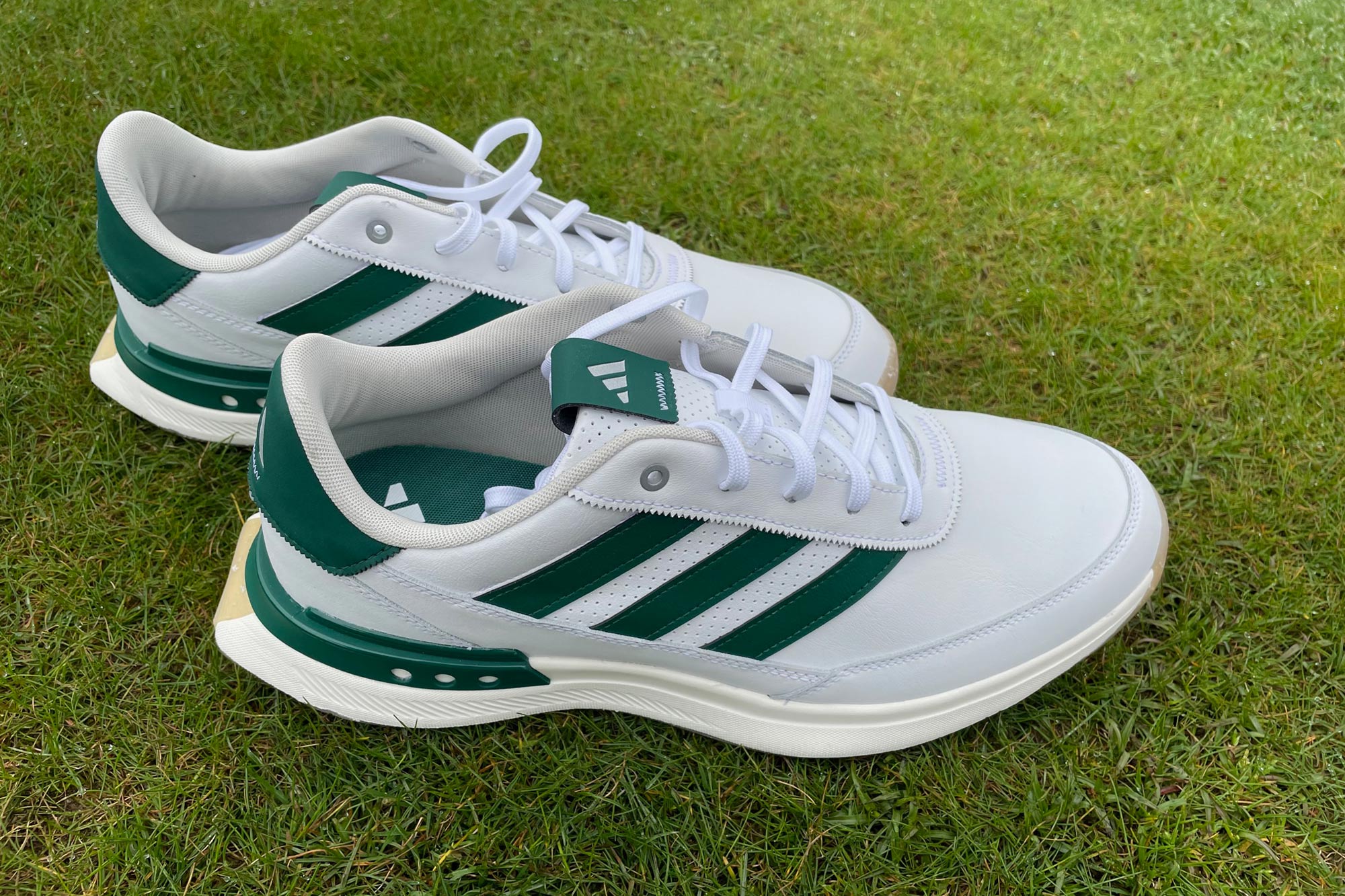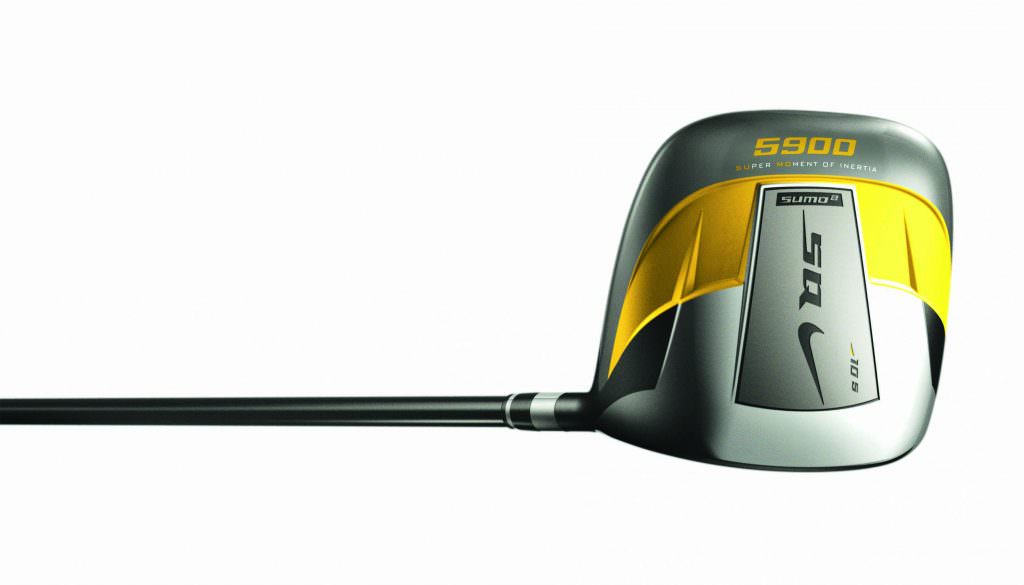
RIP Nike Golf 1998-2016: an obituary
RIP Nike Golf. Ultimately, the reason Nike failed to dominate golf hardware in the manner they envisaged was not because the product was in any way sub-standard.
Rather, they failed to convince golfers that it was substantially better than that already available from the established manufacturers.
For an audience that was and remains both mature and conservative, the Swoosh alone was not enough to persuade them to turn their backs on the likes of Ping, TaylorMade, Callaway and Titleist.
They needed it to be demonstrably better. Perceptions needed to be changed.

The problem for Nike was that the companies above all make fine golf equipment. And Nike came into the industry at a time when the rules surrounding both clubs and ball were tightened up.
In the last decade, it has been that much more difficult to make stand-out equipment that is categorically better (or at least perceived that way). You could argue that is a state of affairs that suits the companies with the strongest heritage – because it is so difficult to overtake them.
RIP Nike Golf
James Whitaker is the head professional at Moor Allerton, in Leeds. Before that, he worked at The Belfry and De Vere Oulton Hall. His association with Nike goes back over a decade and he has been a brand ambassador for much of that time.
He paints a depressing picture of what Nike RIP means to the industry as a whole.
“Nike are a young man’s brand and the audience just isn’t there,” he says. “I think golf is going back to where it used to be before the boom in the 1980s and 90s.
“We’re not seeing any more new golf courses being built and player numbers are declining. The game is retreating into itself as a result.”

RIP Nike Golf
He says he was not surprised by the RIP Nike announcement.
“They have invested for many years and not got the market share they want – I think they are down from 4 per cent last year to about 2.3 per cent this year,” said Whitaker. “That’s obviously no sort of a return for a company like Nike.”
It might all have been different had Nike’s products in the early years been as good as they have consistently been for the last seven or eight years.
An audience innately suspicious of a global athletics brand making golf equipment had its fears confirmed. By the time the product line was truly worthy of Nike, few were still listening.
As a consequence, Nike equipment has been consistently decried ever since. Almost always, unfairly.

RIP Nike Golf
All the Majors won by the likes of Tiger Woods, Rory McIlroy, Michelle Wie, Suzann Pettersen, David Duval, Trevor Immelman, Charl Schwartzel, Stewart Cink and Lucas Glover while using bags full of Nike equipment seem to have made little difference to the general perception.
“Certain golfers were just never going to give the brand a try,” says Whitaker. “It was frustrating because I’ve always known the numbers stacked up. And once we start fitting customers then they can see it works straight away.
“I don’t think Nike have never had the credit they deserved,” said Whitaker. “For example, the Nike Tour Accuracy ball that Tiger won his Tiger Slam with was at least a year ahead of its time.

In late 2006, Callaway and Nike were the first to market with square-headed drivers. Nike, though, got little of the credit for a genuine innovation.
“The square driver was great technology that I believe Nike led the way with,” said Whitaker. “But the acoustics were an issue and while it was more accurate, it was short. They so nearly got that product right.”
They did however have some notable design successes, even if they were rarely reflected by the sales figures. You would expect no less from a design team that included experts with decades of experience with the biggest and best companies in golf.
Even the purists struggled to find fault with the VR range, for example.
“The VR Pro Combo irons were fantastic, the best they ever did for me,” said Whitaker. “And at the same time, the VR Pro Ltd fairway woods were class – they’re still used on tour.

“In terms of drivers, last year’s Vapor was the best as far as I’m concerned.”
The problem for Nike, innovators in all sports they are involved in, is not that they have failed to bring anything new to the table.
Their engineering team’s triumphs include the Str8Fit adjustable hosel, the compression channel in the driver, golf balls with a carbon-composite RZN core rather than a rubber one and the cavity-back Covert driver.
RIP Nike Golf
If anything, there was too much of it. One issue has been the amount of kit Nike have brought to market. It has sometimes felt like a new blueprint has been created every year.
Even Whitaker admits that it was never plain sailing for the Portland, Oregon, brand. It’s all part of the RIP Nike story.
“At times, a lot of the time if I’m being honest, there has just been too much inventory.
“For example, the Vapor Flex driver was a waste of time this year – it was too expensive for what it was and not really better than the Pro version. “The latest ball is fantastic but they have had too much product in balls as well – like last year’s RZN being available in Platinum, Black, Red and White versions. It’s too much.
“At the same time, there have just been too many versions of what is effectively the Covert driver. It’s too many changes. Brands that are successful in hardware that have good loyalty – and I’m really thinking of Ping and Titleist here – have longer product cycles.
“Because they are Nike, they wanted to enter every single product category. As a result, they entered some tough markets – did they really need to make putters, for example?”
There was also confusion about what Nike stood for as a golf brand. On the one hand there was the super-premium VR line of blades and better-player product and the One balls; on the other we had the mid-range Slingshot franchise and Power balls. Was Nike for the aspiring tour player or the guy who plays six times a year?
And as you would expect with such bold innovations, sometimes products just weren’t right.
“The Str8Fit hosel was a problem even though the technology was outstanding,” said Whitaker. “The hosel was just too big and intrusive at address, especially on the fairway woods. They started with a silver one and then went to black, which was better. But it was never accepted by the tour players.
“The Tour D ball was a nightmare – you just couldn’t sell it. More recently, the Engage wedges haven’t really taken off and that’s been disappointing. They work well but looks are everything in wedges, especially for better players.”
RIP Nike Golf
The likes of Rory McIlroy and Tiger Woods will move on from RIP Nike Golf to lucrative new contracts. It is not as simple for retailers like Whitaker.
“I think it’s a sad day but a significant one. The customer has spoken now – you can’t keep bringing drivers out every year.
“If Adidas have decided TaylorMade can’t do it and Nike can’t do it then the consumer has spoken.”
RIP Nike Golf hardware: 1998-2016.
READ MORE
Dan Murphy

Dan loves links golf, which doesn't mean he is very good at it. He is a four-handicapper at Alwoodley. A qualified journalist and senior editor with 25 years’ experience, he was the long-time editor of NCG. His passion is golf courses and he is the founding editor of NCG Top 100s course rankings. He loves nothing more than discovering and highlighting courses that are worthy of greater recognition.


